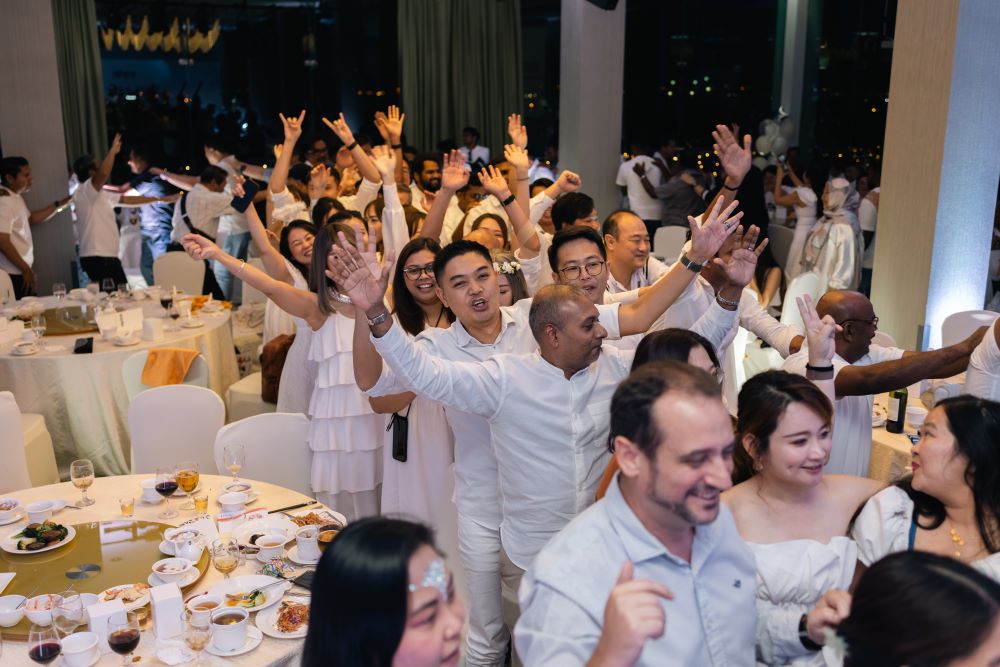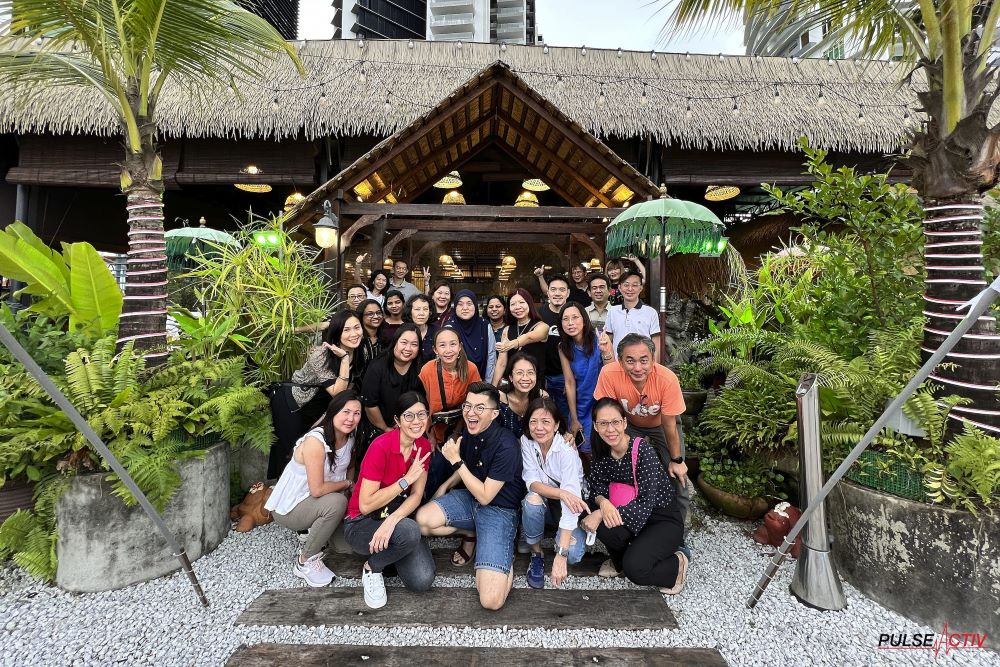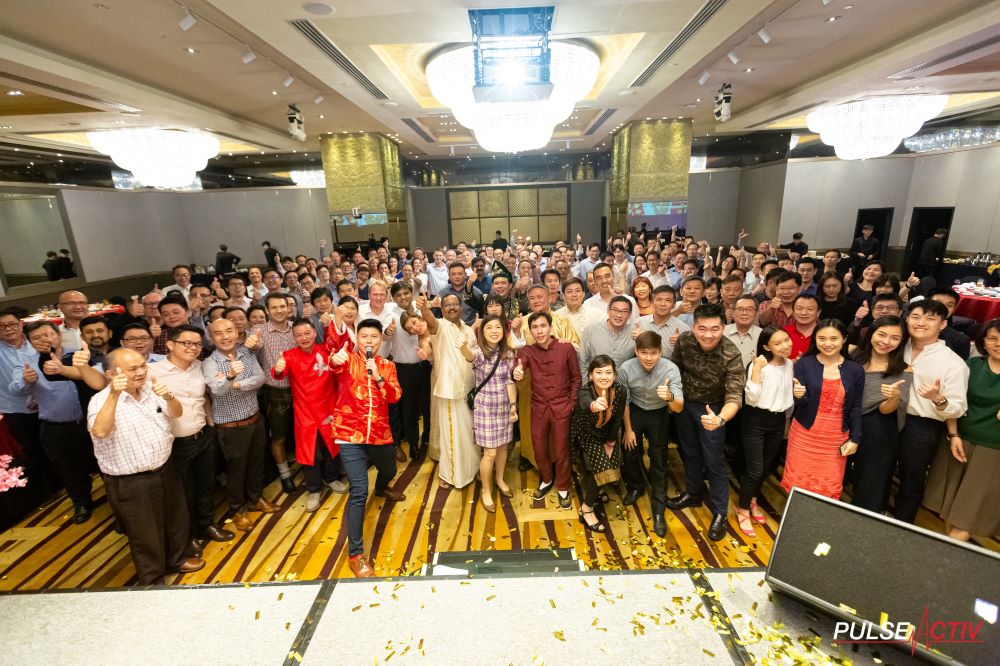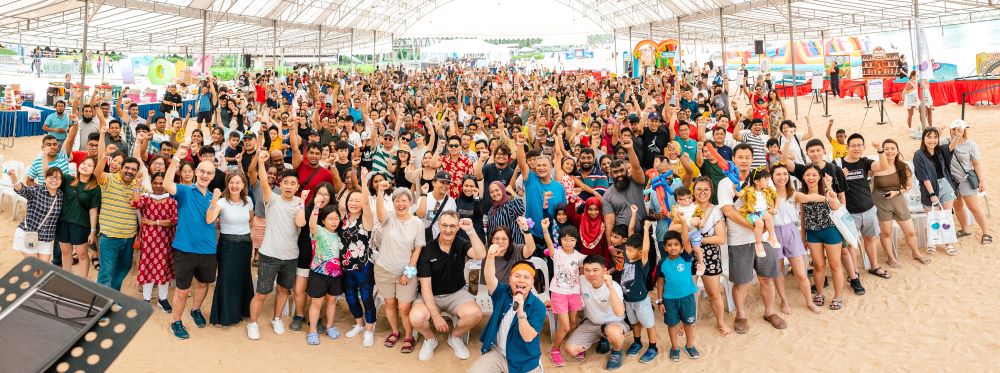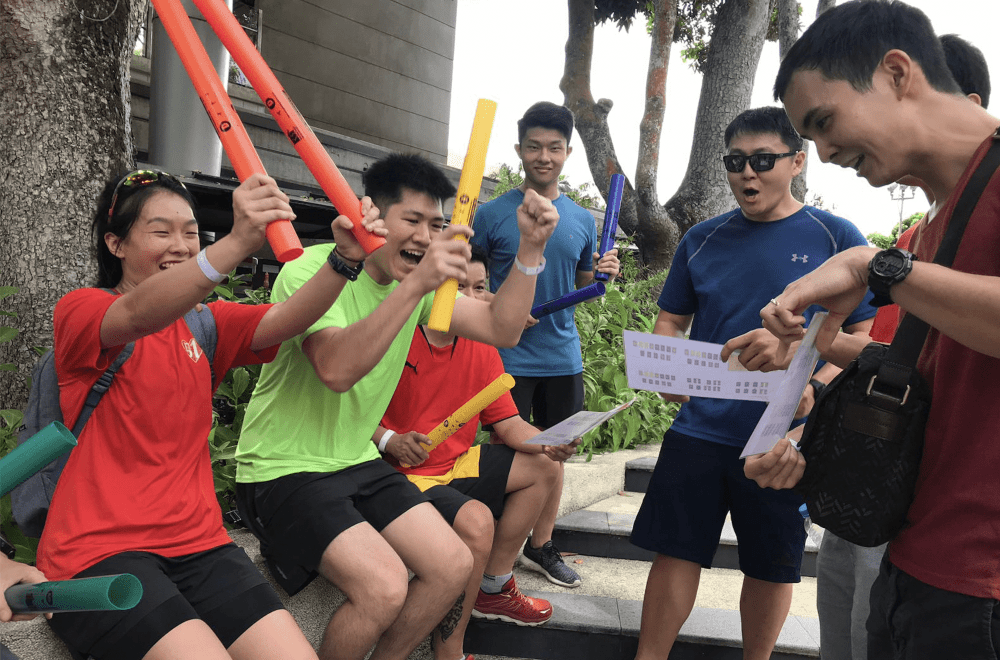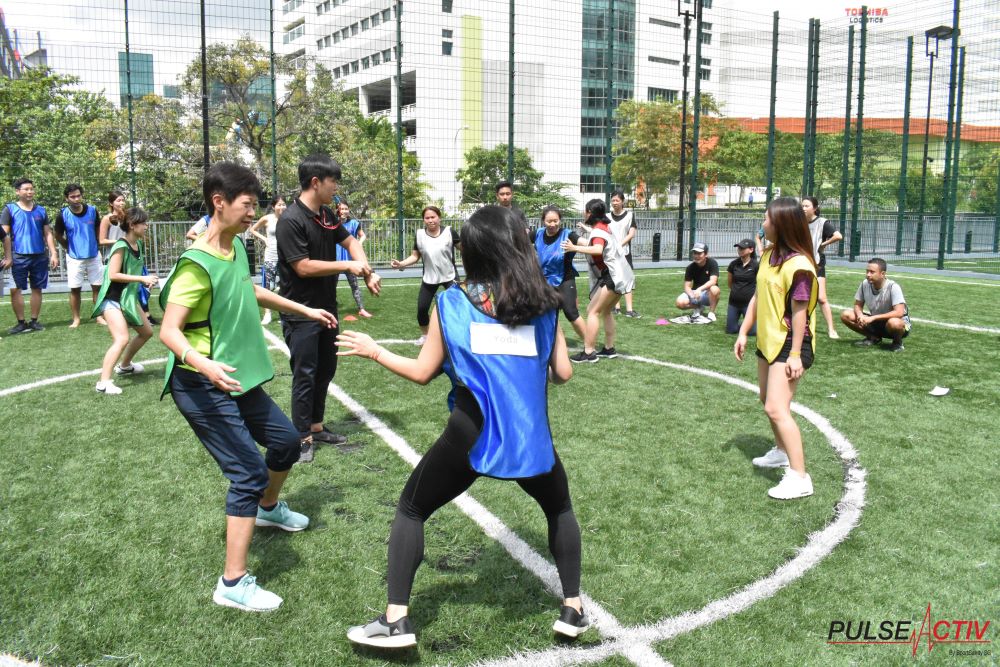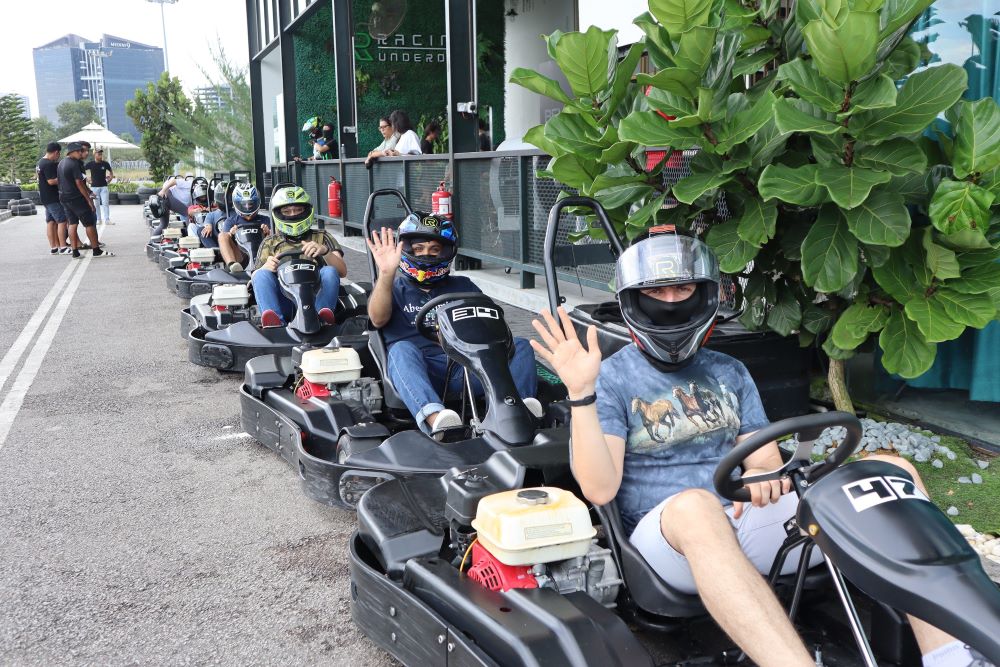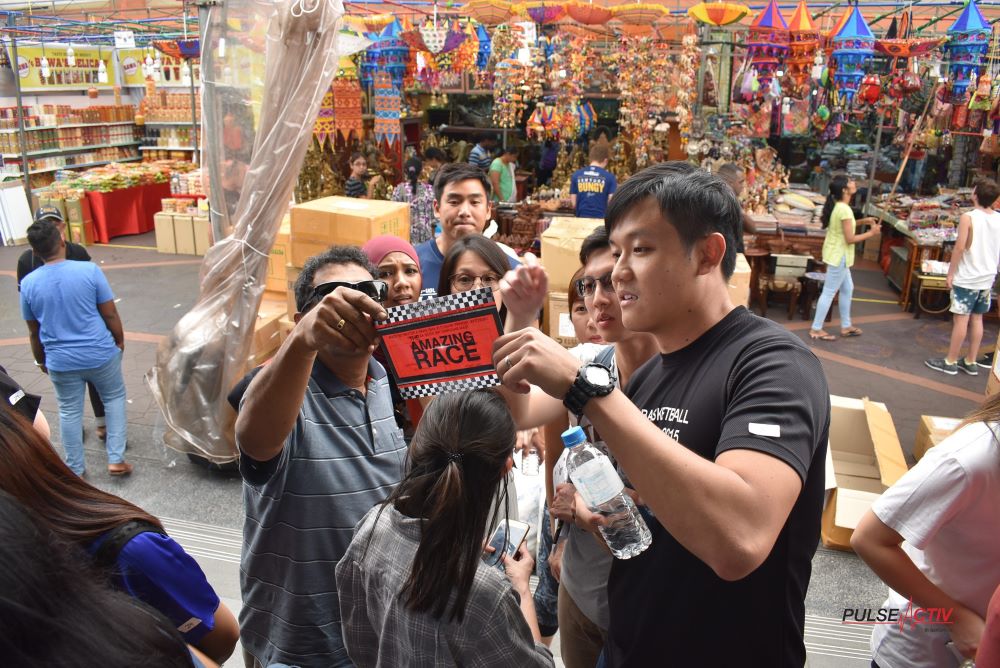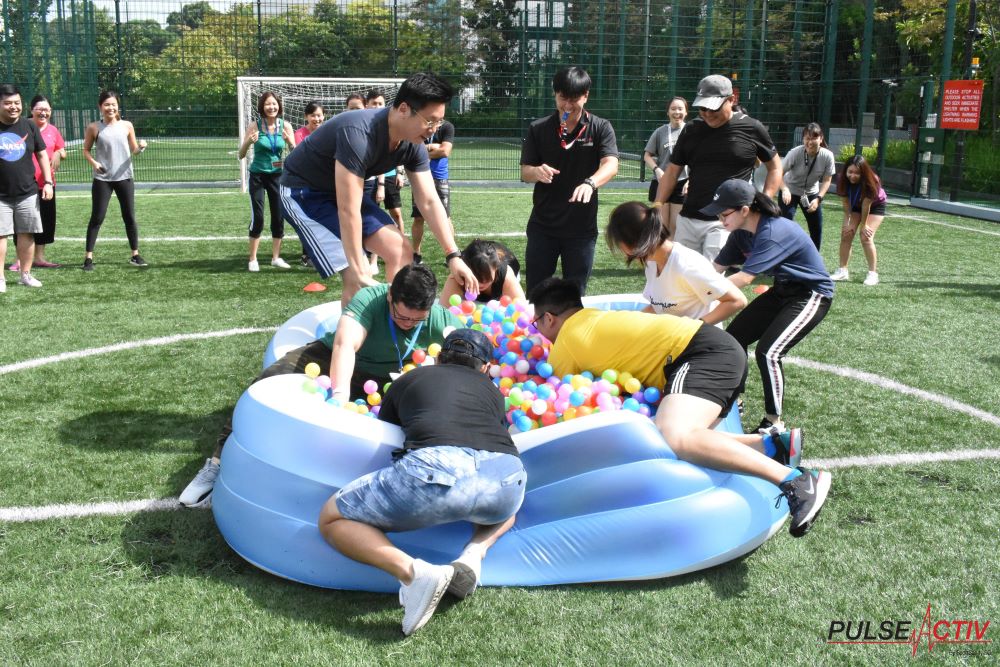The Evolution of Corporate Dinner & Dance Events: Trends Over the Decades
Corporate dinner and dance events have long been a staple of the business world, serving as both a celebration of achievements and an opportunity for networking. Over the decades, these events have evolved significantly, reflecting broader changes in corporate culture, technological advancements, and shifting social expectations. This article delves into the historical evolution of corporate dinner and dance events, highlighting key trends in themes, entertainment, and corporate culture.
1. The Early Days: Formal and Reserved (1950s-1960s)
In the post-war era, corporate dinner and dance events were characterized by a formal and reserved atmosphere. The 1950s and 1960s saw a focus on traditional elegance, with black-tie attire, ballroom settings, and classical music dominating the scene. The emphasis was on formality and sophistication, reflecting the hierarchical corporate structures of the time.
- Themes: Classic and understated, with an emphasis on refinement and class.
- Entertainment: Live orchestras and formal dance floors.
- Corporate Culture: A focus on hierarchy and professionalism, with a clear divide between executives and employees.
2. The Rise of Themed Events: Innovation and Creativity (1970s-1980s)
The 1970s and 1980s marked a shift towards more creative and thematic approaches to corporate dinner and dance events. This era saw the introduction of themed parties, influenced by popular culture and the growing trend of personalizing corporate events.
- Themes: Disco nights, Hollywood glamour, and futuristic themes inspired by popular culture.
- Entertainment: DJ-led dance floors, themed decorations, and interactive performances.
- Corporate Culture: A move towards a more relaxed and innovative corporate culture, reflecting changing attitudes towards work-life balance.
3. The 1990s: Interactive and Experiential (1990s-2000s)
The 1990s brought a wave of interactivity and experiential elements to corporate events. Companies began to experiment with engaging activities that went beyond traditional dinner and dance formats, reflecting a desire for more dynamic and participatory experiences.
- Themes: Casino nights, masquerade balls, and international cultural themes.
- Entertainment: Interactive games, themed performances, and experiential activities.
- Corporate Culture: Emphasis on employee engagement and fostering a sense of community and camaraderie.
4. The 2000s: Technology-Driven and Personalization (2000s-2010s)
With the advent of the internet and digital technology, the 2000s saw a surge in technology-driven elements in corporate dinner and dance events. Personalization and customization became key trends, as companies sought to create unique and memorable experiences for their employees.
- Themes: High-tech and futuristic, with an emphasis on personalization and bespoke experiences.
- Entertainment: Multimedia presentations, interactive technology, and live streaming.
- Corporate Culture: A focus on integrating technology into the workplace and creating personalized employee experiences.
5. The 2010s-Present: Sustainability and Inclusivity (2010s-Present)
In recent years, there has been a growing emphasis on sustainability and inclusivity in corporate dinner and dance events. Companies are increasingly aware of their environmental impact and the need to cater to diverse audiences, reflecting broader societal shifts towards greater responsibility and inclusiveness.
- Themes: Eco-friendly, inclusive, and culturally diverse.
- Entertainment: Sustainable practices, diverse entertainment options, and accessibility features.
- Corporate Culture: A commitment to corporate social responsibility, inclusivity, and environmental sustainability.
Conclusion
The evolution of corporate dinner and dance events over the decades mirrors broader changes in corporate culture, technological advancements, and societal values. From the formal elegance of the 1950s to the sustainability-focused events of today, these gatherings have continuously adapted to reflect the times. As we look to the future, it’s clear that the trends of personalization, interactivity, and inclusivity will continue to shape the landscape of corporate events, ensuring they remain a dynamic and integral part of the corporate world.
To head back to read another article in our blog, click here.
